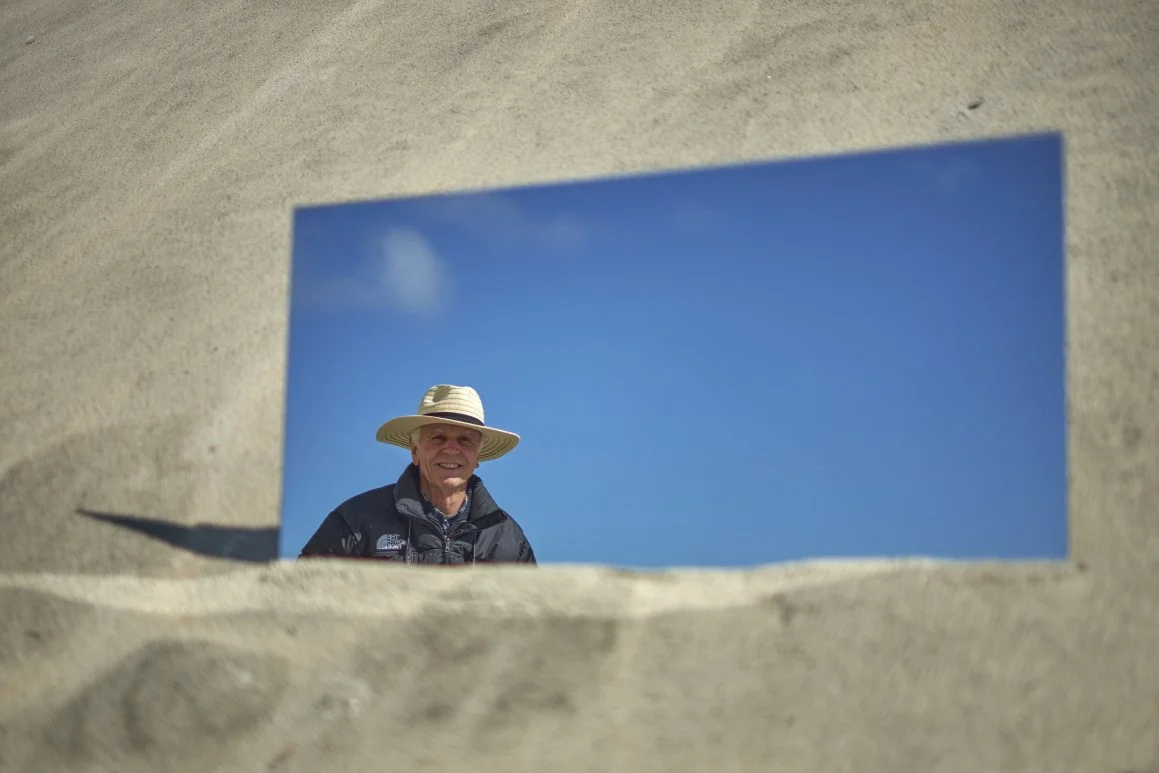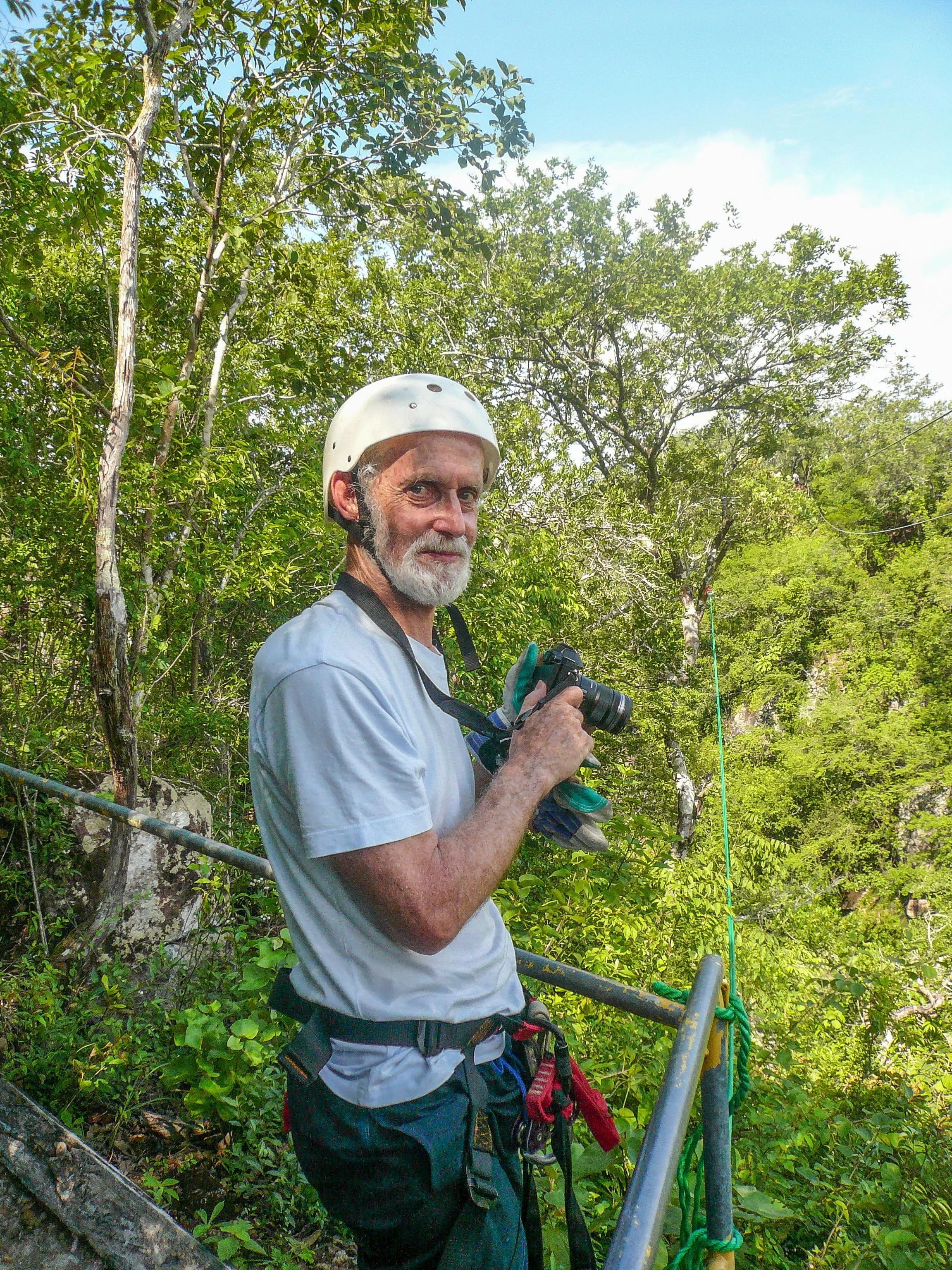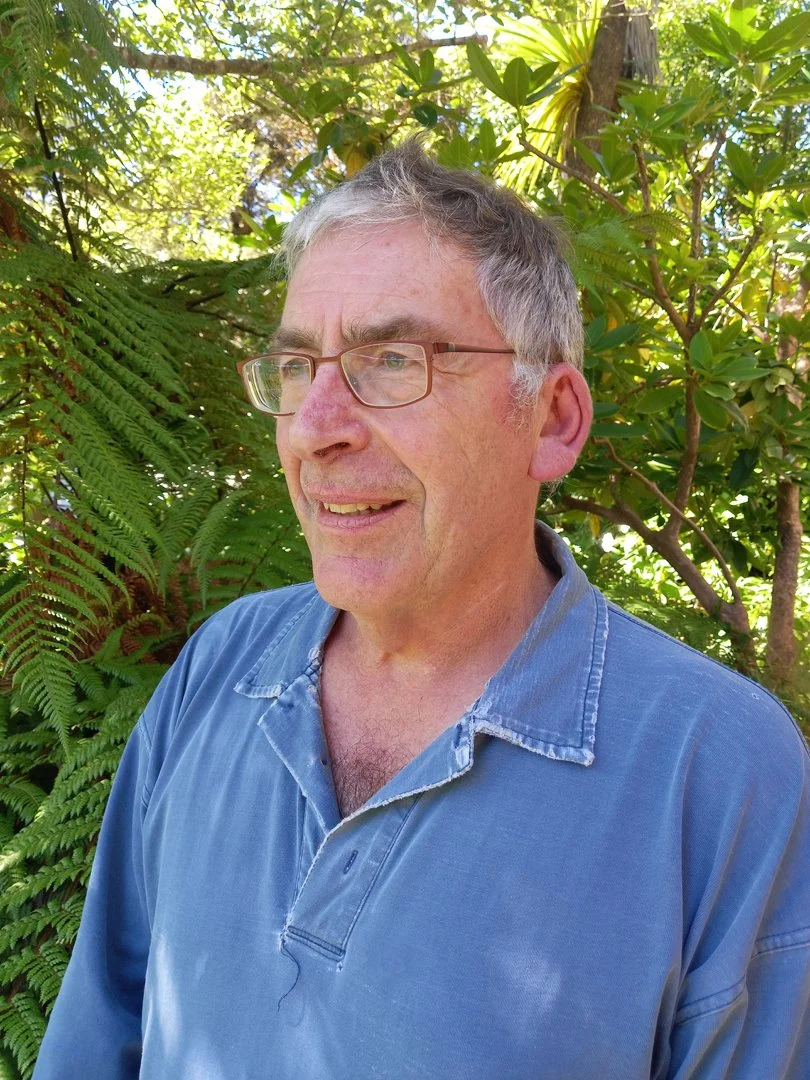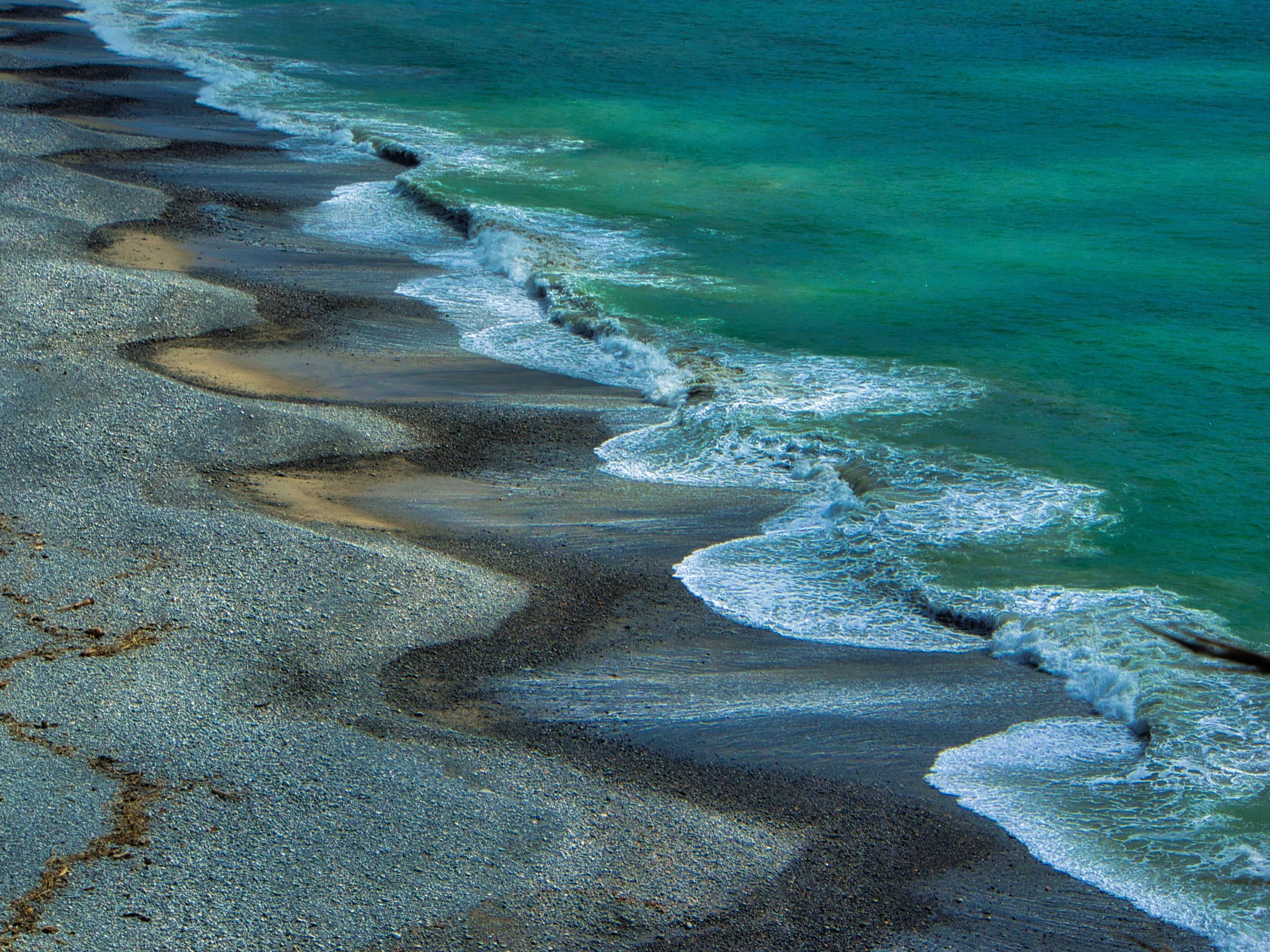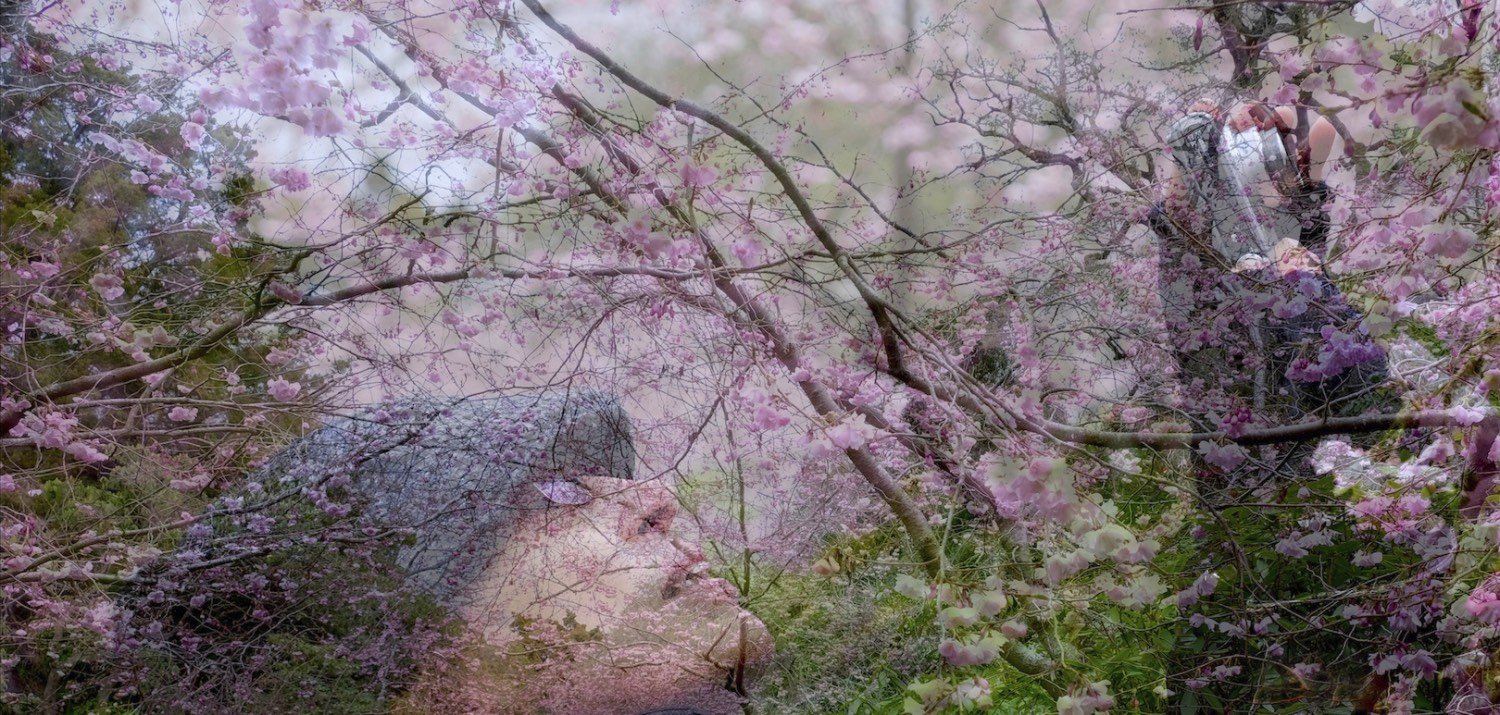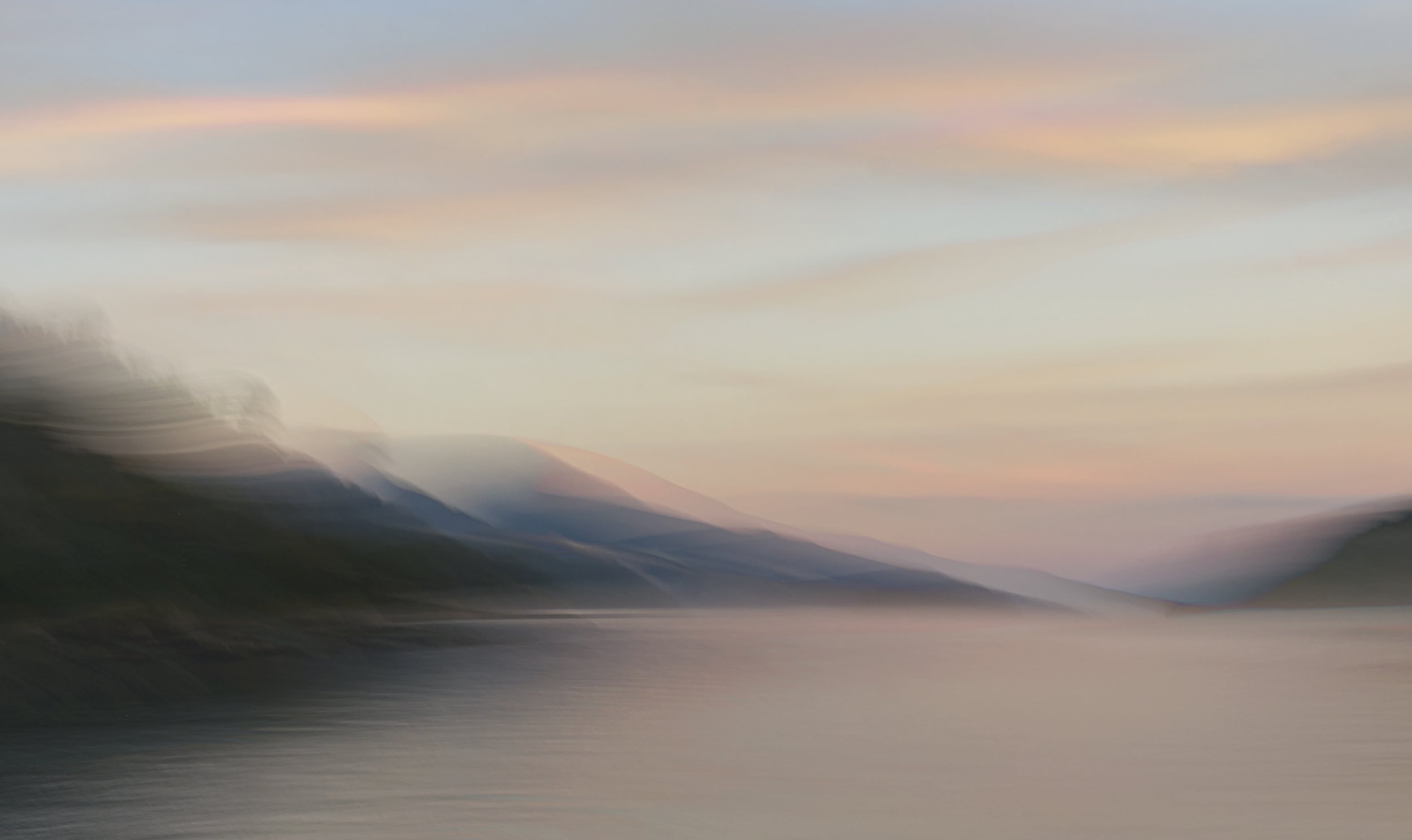
Meet the photographers…
We’d like to introduce you to the photographers whose work is featured on this website. We’ve asked them to tell you a little bit about themselves and in particular what photography means to them.
Noelle Bennett - nature lover and photographer
'The sky has a huge heart open for all clouds even on the gloomiest of days.'
For me, that quote from Munia Khan epitomises inclusivity and kindness. It reminds us that beauty can always be found even in the unlikeliest of places. We simply need to take the time not only to look for, but more importantly, to recognise and to see that beauty. And I don’t just mean beauty in the archetypal sense of the word but also the beauty that can be found in chaos and even tragedy, the unexpected beauty we can find if we take the time to look and to see.
I take photographs because that is what I love to do. I hope that through my photographs I can share with others the understated and often overlooked beauty that surrounds us. But overall, what matters most to me is the emotional connection with my work - the ability of my images to ‘speak’ to me and ultimately to all those who view them.
Trevor Douglas - down to earth
I am a photographer living in Dunedin New Zealand.
I started photography many years ago in the days of black and white film, processing and printing images in my parents bathroom.
Most of my photography has always been landscape based with a conventional camera, but the arrival of drones took things to another level (pun intended). Now having a bird's-eye view has forced me to re-evaluate everything, including finding interesting compositions from the ground beforehand and then fighting with the elements remotely via a transmitter up to 120 metres in the air. All in all a challenge, but worth the rewards.
Rod Hay - tramper and bird nerd
My lens gets drawn to places and species least impacted by the ever-growing human footprint or most in need of tender-loving care.
While there can be great beauty and drama in the human landscape in New Zealand and around the world, I am more at ease trying to do photographic justice to natural ecosystems and species.
I've been very fortunate over a career of 40 years or so to visit and undertake research in some remarkable places in New Zealand and the Pacific Islands, while working at different times for the Royal Forest and Bird Protection Society, NZ DSIR and the Department of Conservation.
A particular focus has been recovery of threatened bird species, but I've become more and more aware of the need to deal with much more fundamental issues of sustainable living, otherwise our individual species recovery efforts risk being futile.
Enhancing peoples' exposure to natural landscapes and wildlife, be it directly or by sharing images, is a small but important step in garnering greater respect for nature.
Tim Heath - architect and landscape architect
I have spent over 50 years designing sustainable buildings – large office buildings, visitor centres, houses, sleepouts, even platforms for watching wildlife.
Designing structures for viewing and educating about taonga species and ecosystems – Southern Royal Albatross, Black Stilts, Takahe, Kiwi, and the Orokonui Ecosanctuary – has enhanced my awareness of local ecology and environment. This has taught me to think of the human habitat in different ways. Sustainable architecture is partly about choosing appropriate materials and understanding the physics of shelter. But it is much more complex than that. It needs to strengthen interrelationships between people in families, communities and cultures, and between people and local ecology. So I have no interest in the “passive house” approaches of eco-architecture that stuff people away in a box and isolate them from their surroundings. Instead I aim to enable people to live in the “skin” of their dwelling, to hear, smell and see their surroundings. This is essential if they are to experience their connection and vulnerability to the natural environment. It nurtures sheer wonderment of being part of a living, breathing world.
Technical excellence is for me not the most important aspect of making good photographs. I gave my DSLR camera to my daughter about five years ago and now use a (relatively old) cellphone. I only ever very lightly process my photos, always just on my cellphone, and mainly to turn some of them into black and white images. Using a cellphone allows me to “shoot from the hip”, to catch the moment of light or mood of the moment. This means I can stay in the ‘now’ rather than lugging gear, changing lens, or thinking too much about the photography itself. I will never go back to a “real camera”.
I hope that what my cellphone photos may lose in resolution is more than made up by the spontaneity and immediacy. Most of all, I enjoy photography as a way to reflect on more spiritual aspects of nature, ecosystems and being human.
Tansy Hutton - farming mum & animal lover
I live in rural Southland with my Husband and two wonderful boys where we (mostly my husband) run a beef farm and agricultural contracting business. I grew up in the city so I use photography to capture all the amazing things I had never seen until I moved south. I love to be able to share those images, and my journey in learning about our land and how to best care for both it and the animals we raise on it.
I have always enjoyed nature and the beauty that can be found in it. This has only been exaggerated by my move to rural life in 2016. I think it is so valuable to be able to have these moments in time available to look back on; whether it be a sunrise on a frosty morning checking the cattle, the children playing with puppies, or even the huge machines that are used to keep the stock fed and the feed growing.
I hope that the love and respect I have for the world around me is able to come through in my photos.
Henrik Moller - photographer and ecologist
I have spent 40 years trying to motivate social change for sustainability and biocultural restoration using ecological science and numbers. Now I think photographs may work better. So I’m learning to be a photographer. I try to bring a beginner’s mind to it’s technical and aesthetic challenges, and patience to overcome its frustrations and exacting disciplines.
The power of images to invite emotional engagement can be especially motivating if combined with reliable commentary on the issues being captured by the camera. Therefore many of the photographs presented here are coupled with short sustainability comments to trigger discussion of the issues by everyone on Ecosystems Photography’s Facebook page. Some aspects of my research over 40 years to sustainability issues are described on my research consultancy’s website.
Nicola Pye - Using photography as a form of connection.
For many of us, genuinely desensitised by overexposure to a huge amount of visual stimuli each day, ‘the gaze’ has evolved into a more dismissive ‘glance’, and in the process, we’ve lost the ability to gain any meaning from, or any real connection with, the images we view.
I believe a successful image is one that makes you stop and take a second look. This second look can create connections, a recognition and acknowledgement where we become aware of the value or the essence of what we’re viewing. Once this tiny relationship has begun, we’re far more likely to actually care what happens to what we’re viewing, no matter what it is. It is this image that I’m ever striving for!
While I prefer to photograph things in the real world, as is where is, occasionally I’ll bring my subject into a mini-studio of black paper, to create a quieter image where, for example, you can really see the beauty in an artichoke! And I’m certainly not above using a filter or two in post-processing, to enhance the point of connection in an image.
Paul Sorrell - Picturing our wild future
I’ve always been interested in the natural world and as a youngster admired the photographs in Animals Magazine (the forerunner of BBC Wildlife), which I read avidly. It seemed miraculous that people could take pictures that were so intimate in capturing the lives of animals and birds in the wild. The one photo that really inspired me, and set me on my present path, showed an osprey emerging from a lake with a salmon in its talons, enveloped in a cloud of spray. It seemed an impossible image to capture!
One of the points I push in my book (Getting Closer: Rediscovering Nature through Bird Photography, Exisle Publishing, 2021) is that, if you want to take effective animal photos, you need a “local patch” – a place that you return to again and again, in all weathers and seasons and at different times of day. For me this place is my local nature reserve, Orokonui Ecosanctuary, about 20 minutes’ drive away from my home in Dunedin.
I’ve been taking photos of local wildlife, mainly birds, since around 2005. By reframing nature through the lens, and spending time in wild habitats (or just in our back gardens), we gain an intimate knowledge of the animals and birds around us and how they conduct their lives. It is only when we value and even love something that we will be motivated to protect it.
Ann Wheatley - contemplative photographer and ecologist
I've spent my whole adult life traveling for work while living in Colombia, Indonesia, Lao, and most recently, Aotearoa. I've had three careers: agricultural ecologist; developer of participatory research methods; and evaluator of development programs funded by donors. Meditation and contemplative photography have helped me keep an even keel. Both have a central place in my life.
Recent photography projects include writing pieces for Olympus Passion magazine, promoting the Nature First principles for photographers, curating images by whanāu living in Te Tau Ihu, the top of the South Island, and most recently, founding and curating the Earth Emotions Photography Exhibition as a project of the Nelson Tasman Climate Forum. Earth Emotions launched online on Earth Day, 22 April 2022, with physical exhibitions hosted by Nelson Public Library, Nelson City Council and the Refinery ArtSpace. I’ve also completed certification offered by the Redeye Photography Network as a Climate Aware Photographer, and serve as an ambassador for Take the Jump.
Take the Jump is about living with less stuff and more joy, and coming into balance with nature, by achieving a two-thirds reduction in the impact of consumption in rich countries by 2030. Science shows this is what’s needed and that ordinary citizens can have a huge role in making it happen.
We humans have unleashed crisis in the Earth's climate, biodiversity, soils, atmosphere, freshwater, oceans and forests, and in our own health. We're the first generations to feel the impact of these crises, and maybe the last who can do something about them. While that might feel overwhelming, our situation could be a portal to a brighter future. Creatives--whether we are photographers, artists, designers, musicians, or writers—have a special role to play in influencing our views and motivation, and in spurring change to place us on a better path.



